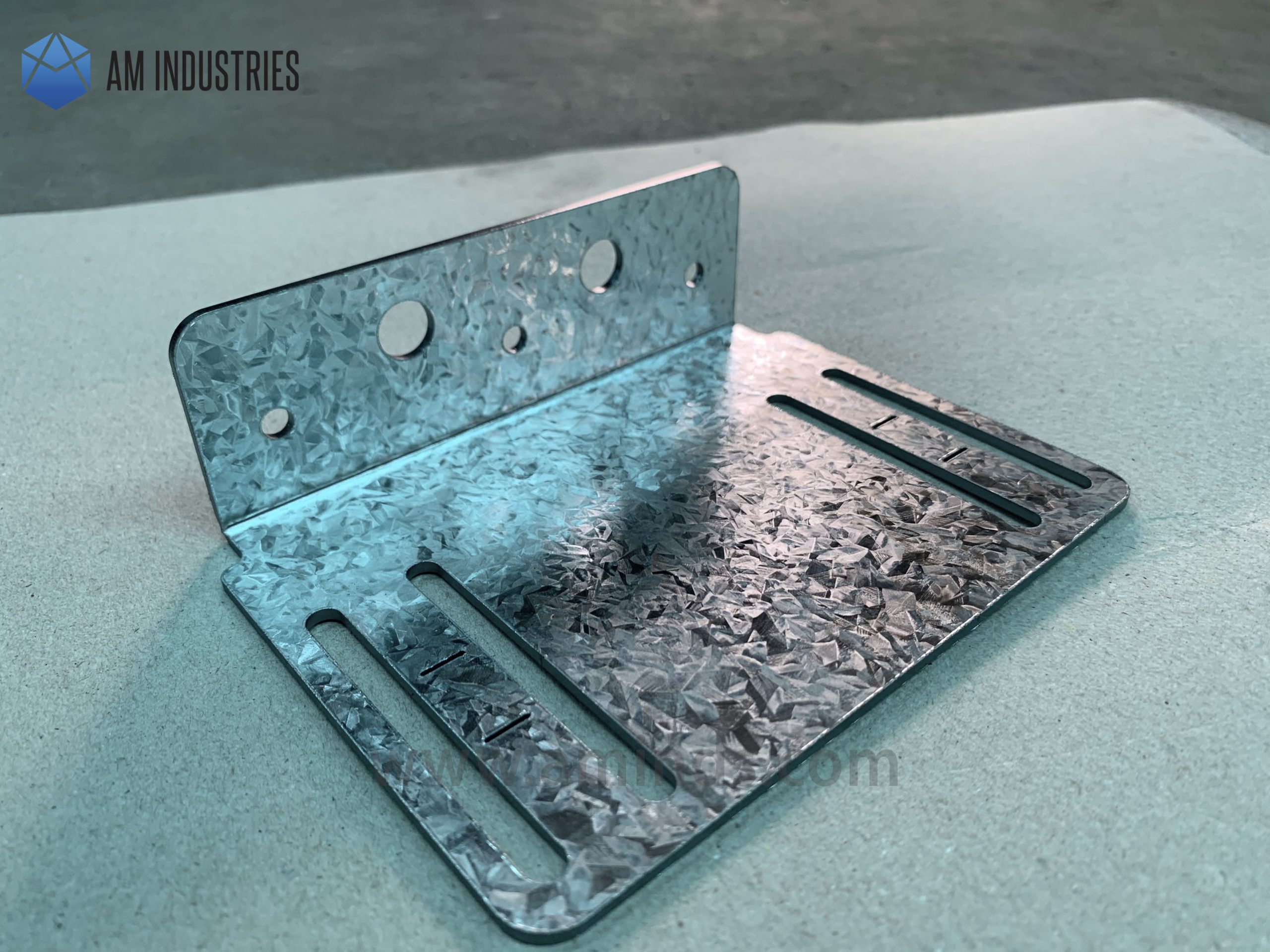Metal Stamping Advancements: Elevating Production Processes for Superior Results
In the realm of producing processes, metal stamping has long been a cornerstone strategy for generating a selection of accuracy elements. Nevertheless, with the ruthless march of technological development, the landscape of metal marking is undertaking a significant improvement. Developments in this field are not just boosting the effectiveness and high quality of manufacturing however are additionally leading the way for new opportunities that were previously beyond reach. As the industry embraces these advanced advancements, a redefinition of what is achievable in manufacturing is underway, promising exceptional results and establishing brand-new standards for quality in the area.
Evolution of Steel Marking Strategies

Furthermore, improvements in material science have caused the advancement of high-strength alloys that can currently be effortlessly marked into detailed forms, providing to a wider series of commercial applications. The combination of robotics and expert system has actually even more enhanced the stamping procedure by improving rate and accuracy while lowering the threat of human error.

Influence of Advanced Materials
Have advanced products changed steel marking processes considerably in the manufacturing sector? By utilizing products such as high-strength alloys, advanced compounds, and ingenious finishes, metal marking procedures can currently produce elements that are lighter, stronger, and extra sturdy than ever before.
These sophisticated materials supply remarkable mechanical buildings, corrosion resistance, and thermal stability, enabling makers to fulfill the needs of modern-day markets such as aerospace, auto, and electronic devices. Furthermore, the use of innovative products in steel stamping has promoted the manufacturing of intricate geometries and complex designs that were formerly unattainable with standard techniques.
Furthermore, the implementation of advanced materials has caused decreased product waste, reduced manufacturing prices, and much shorter lead times, making steel marking processes extra economical and sustainable. As innovation remains to development, the impact of advanced materials on metal marking processes is anticipated to drive additional innovation and improve the competitiveness of suppliers in the global market.
Automation in Steel Stamping
The evolution of steel marking procedures driven by the assimilation of sophisticated materials has actually established the phase for significant advancements in automation within the manufacturing industry. Automation in steel stamping has actually reinvented manufacturing procedures, boosting performance, precision, and overall result quality. Via the usage of robotics, sensors, and computer-controlled systems, tasks that were time-consuming and as soon as hand-operated can currently be implemented with unmatched speed and accuracy.
Automation in metal stamping not only speeds up manufacturing prices but additionally makes sure uniformity in the production procedure. By reducing human intervention, the danger of mistakes is significantly lowered, causing greater levels of item uniformity and integrity. In addition, automation makes it possible for manufacturers to carry out complex stamping jobs that would be unwise or tough to accomplish manually.
Additionally, automation in steel stamping adds to a safer working environment by lowering the need for staff members to take part in repetitive check this site out or dangerous tasks - Metal Stamping. This shift towards automation not only enhances performance yet also leads the method for the future of production, where modern technology plays a central role in driving operational excellence
Quality Assurance and Evaluation Equipments
With an emphasis on accuracy and dependability, quality assurance and examination systems play a vital function in making sure product excellence in metal stamping procedures. These systems are created to check every stage of production, from product inspection to the last item, to ensure that all parts fulfill the required standards. By carrying out innovative modern technologies such as optical evaluation systems, coordinate gauging equipments (CMM), and automated evaluating equipment, producers can discover also the tiniest inconsistencies in measurements, surface top quality, and general integrity of stamped components.

Sustainability Practices in Steel Stamping
Building upon the structure of accuracy and dependability developed with quality assurance and examination systems, the assimilation of sustainable techniques in metal marking processes is significantly becoming a focal factor for producers seeking to lessen environmental effect and enhance source application. Sustainability techniques in steel stamping incorporate a variety of efforts focused on decreasing waste generation, power usage, and greenhouse gas exhausts throughout the production process.
One key facet of sustainability in steel stamping is the adoption of eco-friendly products and technologies that advertise recyclability and waste decrease. By using recycled products and implementing energy-efficient machinery, makers can reduce their carbon footprint and add to a more sustainable production cycle. Furthermore, maximizing manufacturing procedures to decrease material waste and power use not just benefits the setting however likewise causes cost savings for businesses in the future.
Moreover, the execution of lasting practices in steel stamping can enhance brand name reputation additional reading and charm to eco aware customers. As sustainability proceeds to obtain relevance in the manufacturing sector, integrating eco-friendly campaigns right into metal marking processes is important for long-term success and competitiveness in the marketplace.
Final Thought
Finally, metal stamping strategies have dramatically progressed in time, including sophisticated products and automation to enhance producing procedures. Quality assurance and evaluation systems play a crucial function in making certain superior results, while sustainability practices are increasingly being carried out to decrease ecological influence. These advancements in metal marking have transformed the sector, causing much more effective and sustainable manufacturing methods for various industries.
Steel stamping, when a guidebook and labor-intensive procedure, has actually changed right into a very automated and sophisticated method of forming steel sheets right into various types and designs.Have advanced products changed steel stamping procedures considerably in the manufacturing industry? By utilizing products such as high-strength alloys, advanced composites, and cutting-edge finishes, metal marking procedures can now generate elements that are lighter, more powerful, and a lot more resilient than ever before.
The evolution of steel stamping processes driven by the integration of innovative products has set the phase for considerable advancements in automation within the manufacturing market.In final thought, metal marking methods have substantially websites developed over time, integrating innovative products and automation to enhance manufacturing processes.